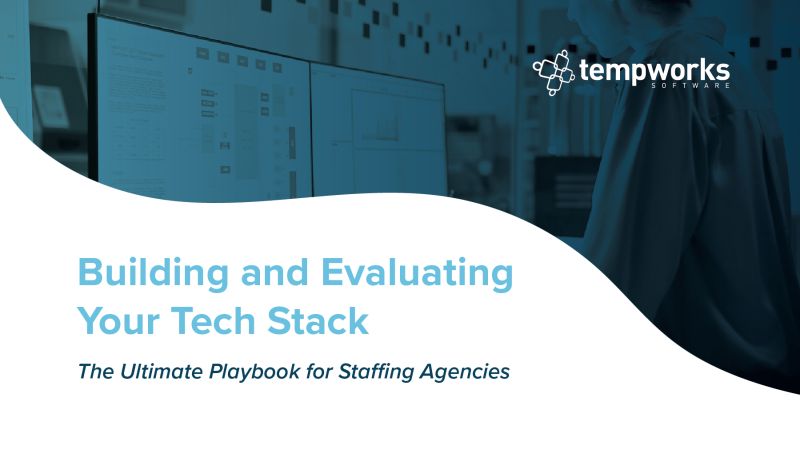 How engaged are your employees? How does your company quantify employee engagement? Employee engagement is not just a “nice-to-have” sentiment behind your workforce. Employee engagement represents a significant factor that impacts retention and productivity rates, which both affect your company’s bottom line. According to Gallup, it’s estimated that turnover costs the U.S. economy $30.5 billion each year. 1
How engaged are your employees? How does your company quantify employee engagement? Employee engagement is not just a “nice-to-have” sentiment behind your workforce. Employee engagement represents a significant factor that impacts retention and productivity rates, which both affect your company’s bottom line. According to Gallup, it’s estimated that turnover costs the U.S. economy $30.5 billion each year. 1
If you’re looking for benchmarks, here are a few metrics to use while evaluating your company’s employee engagement:
Employee Engagement
- Only 33% of employees in the U.S. are engaged 2
- Top engagement opportunities to focus on: rewards and recognition, employee value proposition (EVP), senior leadership, career opportunities, and enabling infrastructure3
Onboarding
- Only 12% of employees strongly agree that their organization does a great job of onboarding2
Performance
- Only 21% strongly agree that their performance is managed in a way that motivates them to do outstanding work 4
Culture
- 65% of employees agreed that respectful treatment of all employees at all levels was very important to job satisfaction; only 38% of workers were very satisfied with this aspect5
With a tight labor market, employee engagement means the difference between retaining top talent and high frequency turnover. Unless your company begins to prioritize improving employee engagement levels, it will begin to lose top employees and have a difficult time replacing them with qualified candidates.
Where to start?
If your company hasn’t started its efforts to address engagement, it’s time to assess which categories of engagement your company is best and worst at. Once you understand which areas need the most improvement, your company can build a strategy to improve its employee engagement sentiment. Once a strategy is in place, make sure to evaluate your success against your retention and employee satisfaction ratings.
Want to learn more about specific ways to improve the employee experience? Read: How to Attract and Retain Employees: Recruiting and Onboarding Tips to Increase Employee Engagement
Sources
- Gallup, Millennials: The Job-Hopping Generation
- Gallup, Designing Your Organization’s Employee Experience
- Aon Hewitt, How is Global Uncertainty Impacting Employee Engagement Levels?
- Gallup, State of the Workforce
- SHRM, Employee Job Satisfaction and Engagement


















